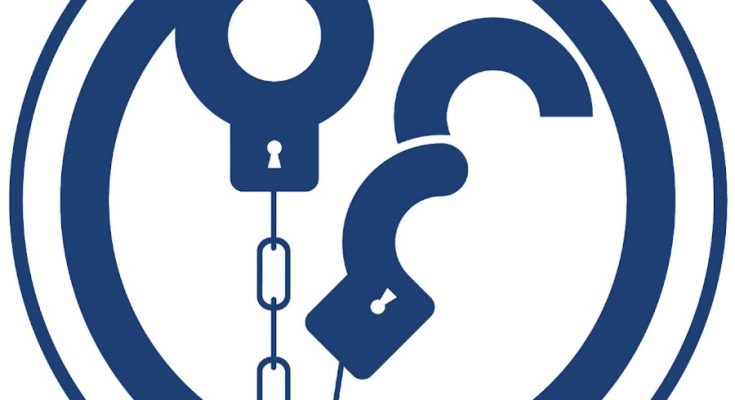By Charles Miller
Something I believe everyone can agree on is that the internet is absolutely teeming with scams. With the advent of the modern internet, criminals in 191 countries quickly realized they could be as close to you as your modem. Fortunately, there are also resources available via the internet that users can employ to protect themselves. This week I want to recommend one of these.
For some time, I have been using and recommending the spam-detector.com website. This site is one of many similar sites, and my personal favorite, because of the relevance of the information provided. The site advertises itself as the “world’s #1 fraud prevention platform.” I do not know for sure about that, but the “website validator” feature is clearly a winner.
Point your web browser to scam-detector.com/validator/ (there is a dash between scam and detector) and enter the name of a website you wish to investigate and click on the [VLDTR] button. After a moment, the website validator will report its evaluation of the site.
The scam-detector.com algorithm uses 53 factors to give a business a rank from zero to 100. It is important to note that a score of 100 is NOT a guarantee a website is legitimate; it is an indication there is no suspicious activity reported (yet).
Under “details” you will find the domain creation date. Any website that has been in business for more than a decade is usually better than one just started this year. A “website popularity” rating of “poor” (atencionsanmiguel.org) merely reflects that the site is not among the world’s most popular, while a rating of “great” (houzz.com) does not guarantee the site is trustworthy. The “domain blacklist status” is probably a more valuable metric because this tells whether or not the site is blocked by some of the commercial firewall services. The “HTTPS connection” status can be important because any website on which you enter your credit card number darn well better have an up-to-date security certificate.
Finally, when you click on that [VLDTR] button, please stay alert! The warning will not stay on your screen long, but if it reads, “Notice: This webpage is a subdomain created using a separate platform.” That is very important. Recently an Atención reader forwarded me an obvious scam email for comment. A link in the email pointed to “my-business-#143074.square.site.” “Square.site” is a completely legitimate company that provides website services, and “my-business-#143074” (the subdomain) was a site created by some crooks using their account they opened with the legitimate company. Obviously, the crooks were trying to hide their scam website behind the good reputation of the company providing the server for their site.
Clearly, it is important to read all the information provided by “website validator” and apply common sense when deciding if you should trust a website. There is also an eight-minute video titled “5 Ways to Spot a Fake Website” on the site that is worth watching, and I recommend everyone should watch it more than once.
Charles Miller is a freelance computer consultant, a frequent visitor to San Miguel since 1981, and now practically a full-time resident. He may be contacted at 415 101 8528 or email FAQ8@SMAguru.com.




